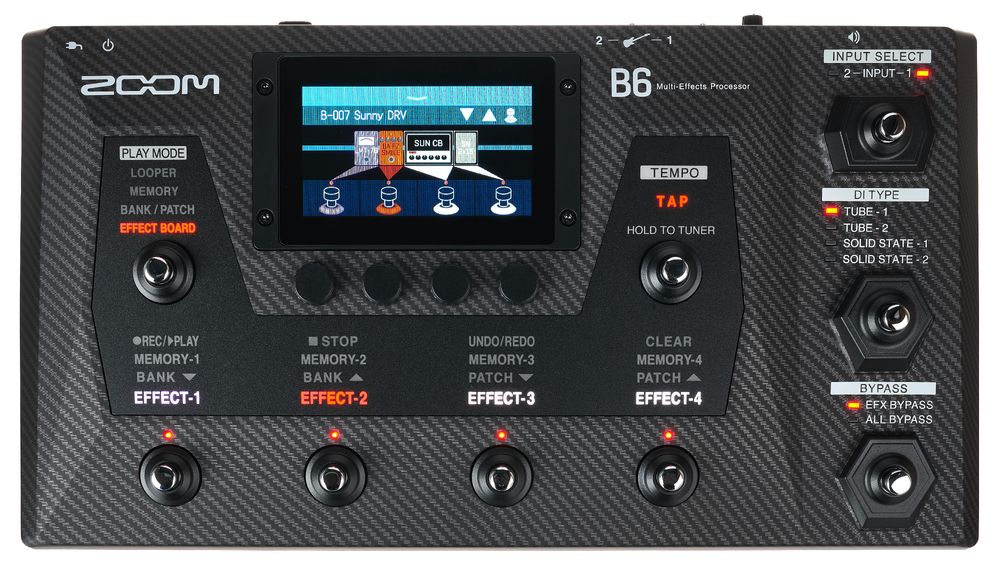2. The Basics
Bass Preamps

Tech 21 SansAmp GED-2112 Analog Bass Preamp
Laten we eerst proberen de term voorversterker te verduidelijken. Voorheen kon je in deze categorie alleen echte voorversterkers in 19" rack-formaat vinden. Ze nemen de functie over van de voorversterker van een versterker, zijn opgebouwd uit één of twee kanalen met behulp van buizen- en/of transistortechnologie en worden gebruikt, gecombineerd met een eindversterker (of pure), gemonteerd in een rack. Niet meer maar ook niet minder! Rekening houdend met het huidige aanbod omvat de term ‘basvoorversterker’ nu ook basmulti-effecten en versterkermodelbouwers zoals de Line 6 BASS POD, de Toneworks AX300B of de Boss GT-6 B, die worden gebruikt in de desktop of stompbox/vloerplaat -Design come.
Net als de normale 19"-voorversterkers zijn de nieuwe formaten geschikt voor gebruik in combinatie met een eindversterker en geschikte luidsprekers, of een bestaande basversterker. Maar de compacte geluidsgeneratoren zijn ook ideaal om rechtstreeks op de console/opnameapparaat af te spelen. En het leuke: naast adequate basgeluiden leveren multi-effectapparaten (zoals de naam al doet vermoeden) de juiste effecten rechtstreeks aan de deur.

Bassamp Modeler met een modern design - De Zoom B6
Wat wil ik - Wat heb ik nodig
Net als bij gitaristen is de bassistengemeenschap verdeeld in muzikanten die digitale modelleringstechnologie een kans geven en (laten we ze noemen) puristen die hun geluiden het liefst geproduceerd zien worden door beproefde analoge technologie. En dan zijn er nog degenen die al een bassysteem bezitten en op zoek zijn naar een multi-effectapparaat om hun geluiden opnieuw op te voeren of om de diverse klankmogelijkheden van basversterkermodellering te gebruiken om de verscheidenheid aan geluiden uit te breiden.



